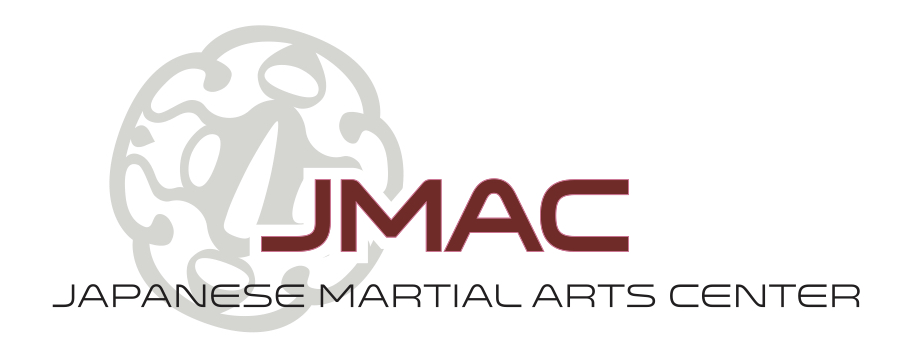An upright posture is important in the martial arts for four reasons, specifically:
1) it unifies the upper body with the lower body, so that the entire body has a single center of balance.
2) it places the upper body upon the lower body, so that there is a base from which to generate power
3) it defines a vertical axis around which the entire body can rotate strongly
4) it positions the skeleton and organs in natural alignment, promoting proper breathing healthy structure
In the Japanese Martial arts, the basic natural posture is called shizentai. The general requirements of shizentai are:
• the head is held erect and the chin is slightly tucked
• the shoulders are above the hips and pulled back and down
• the chest is relaxed and neither puffed forward or arched backward
• the hips are forward and the tailbone is not stuck out
• the knees are comfortably bent
• the feet are shoulder-width apart, and the toes point forward
• the soles are flat, and the weight of the body is supported above the toes (meaning that the heels can lift off the ground, the toes cannot)
Two variations of shizentai are known as migi shizentai, when the right foot is forward, and hidari shizentai, when the left foot is forward.
Parallels can be drawn from the upright standing postures to the upright kneeling postures, which are appropriate in occasions such as seated iaido forms and newaza in judo and jujutsu.
When kneeling, basic natural posture becomes seiza, or correct sitting. Migi shizentai becomes migi tatehiza, which is seiza with the right knee up, and hidari shizentai becomes hidari tatehiza, which is seiza with the left knee up.
The postural requirements of the kneeling forms are the same as the standing forms, with the exception that in the kneeling forms one or both legs are tucked beneath the hips.
- By Daniel Holland, Instructor at JMAC, sandan iaido, nidan judo, nidan jujutsu

No comments:
Post a Comment